 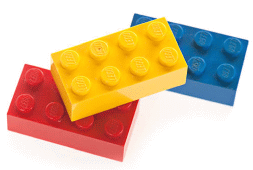 LEGO are plastic building-block toys that first became popular in the mid-20th century, and have since become one of the most successful games in marketing history. LEGO blocks originated in the Denmark workshop of Ole Kirk Christiansen, who began making wooden toys in 1932. Two years later he named his company LEGO after the Danish phrase leg godt (“play well”). In 1949 LEGO produced its first plastic brick, a precursor to its signature brick with interlocking studs on the top and tubes on the bottom. It was patented in 1958 by Christiansen’s son Godtfred Kirk, who replaced his father as the head of the company.  In 1968 the first LEGOLAND theme park opened in Billund; these theme parks are now located around the world, and feature a LEGO miniland, a model village which includes models of landmarks and scenes from around the world, made from millions of genuine Lego bricks.
In 1968 the first LEGOLAND theme park opened in Billund; these theme parks are now located around the world, and feature a LEGO miniland, a model village which includes models of landmarks and scenes from around the world, made from millions of genuine Lego bricks. In the late seventies LEGO introduced 'Minifigures', the smiling humanoids that became regular members of the company’s themed play sets. The basic LEGO brick has remained the same since it was patented, and its simple child-friendly design is the reason the bricks have remained popular for so long. LEGO blocks have been used to create everything from massive replicas of famous monuments, such as the Eiffel Tower and Mount Rushmore, to modern art. 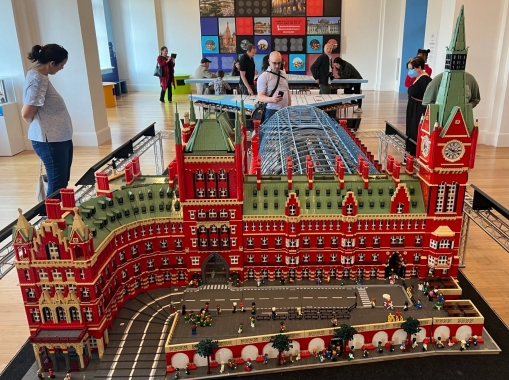 Artist Warren Elsmore uses hundreds of thousands of bricks for his renditions of famous buildings. His model of Pancras Station above is 12 feet long, and made of 180,000 Lego bricks. It took Elsmore over two years to complete. Another artist, Sean Kennedy, works with LEGO to create incredible sculptures like the one below. His polar bear, which was displayed at the Philadelphia Zoo in 2010, is made from 95,000 LEGO pieces and took six people over 1100 hours to create. 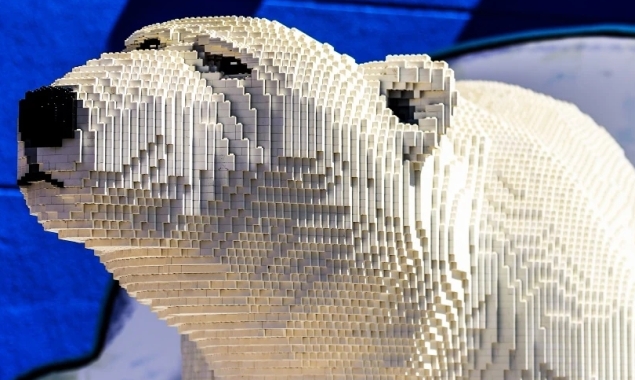 LEGO is popular with kids because of the wide variety of shapes and functions of the bricks. Many themed kits allow you to build popular icons from movies and fantasy. 
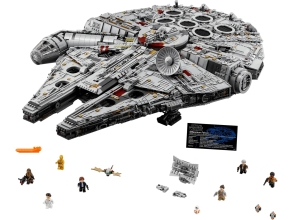
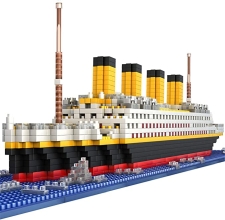 |